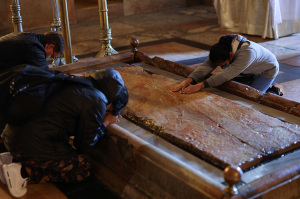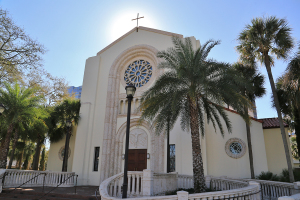Perseid Meteor Shower 2013 Live Stream: Watch Online Feed HERE, Peak Times, Dates on August 11-13 (USTREAM VIDEO)
The Perseid meteor shower 2013 will take place over the weekend with skygazers set for an amazing light show in one of the most eagerly anticipated meteor showers of the year .The Perseid meteor shower 2013 will peak over the evenings from August 11 to August 13 and can be watched online through free live stream via the UStream video playing below right here on The Christian Post.
The Perseid meteor shower should be possible to see anywhere across the United States, even within major cities such as New York and Los Angeles.
The timing of this year's Perseid meteor shower is perfect, as only a crescent moon is expected over this weekend, therefore decreasing the moonshine, and allowing the meteors to becoming more visible to the naked eye.
Experts have predicted that there will be hundreds of shooting stars in the sky through the night and in the pre-dawn hours.
The Perseid meteor shower actually occurs through July and August as the earth orbits through the debris of the Swift-Tuttle comet.
Pieces of debris, rocks made of iron-nickel and other minerals, are pulled into the earth's atmosphere by gravity, and those rocks turn into balls of hot gas when entering Earth's atmosphere, giving a streak light effect.
Astrologers have estimated that the Perseid meteor shower will peak on August 12, and at that time the meteor shower should be at its brightest, and more than 100 shooting stars are expected to be seen every hour.
The meteor shower should strengthen in number the deeper into the night gets and there are typically the most meteors in the hours before dawn, according to EarthSky.
Those hoping to catch a good glimpse of the Perseid meteor shower are advised to get to a place where there are fewest lights. If viewers are hoping to catch the shower from their gardens then turning off all the house lights is advised. However, no special equipment is necessary to view the meteor shower, and hundreds of clear shooting stars should be visible to the naked eye.
This year, unusually, the crescent moon, Jupiter and Venus will all align together just as the Perseids peak. According to NASA, "The alignment occurs in the eastern sky before sunrise on the three mornings of highest meteor activity."
The meteors entering into Earth are tiny, and travel at speeds of up to 160,000 mph, which creates a "train or tail" when entering Earth's atmosphere.
Huge fireballs have been spotted flying past Earth and have been sighted since July 30, 2013.
The Perseids have been observed by stargazers for over 2,000 years and is referred to as the 'Tears of St. Lawrence' by some Catholics.
This year's Perseid meteor shower 2013 can be watched online through a free live stream by UStream.TV on the video player below:
Here is a video showing highlights from a previous Perseid meteor shower:





























